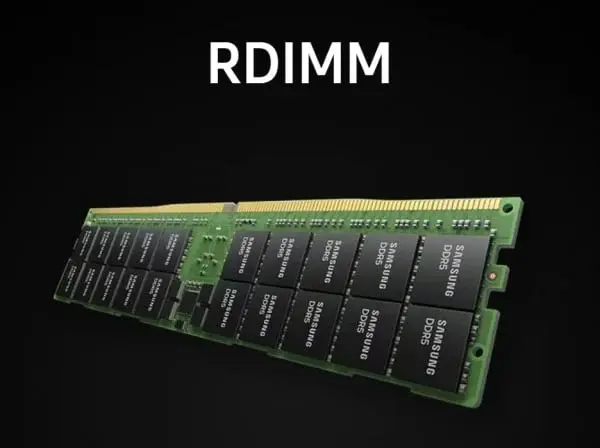Samsung's semiconductor foundry division has encountered challenges in attracting clients for its latest chip manufacturing technologies, particularly the 3nm and 4nm processes. Despite these hurdles, Samsung remains committed to advancing its technology, with plans to introduce the 2nm process.
Advancements in Chip Manufacturing
Samsung is set to commence mass production of chips utilizing the 3nm technology later this year. The upcoming 2nm process will integrate state-of-the-art gate-around transistor (GAA) technology, slated for mass production by 2025. Samsung intends to unveil this cutting-edge technology at forthcoming industry events.
Gate-Around Transistor Technology
The GAA technology represents a novel transistor design that enhances efficiency and performance by facilitating improved current flow. Initially incorporated in Samsung's 3nm process, GAA technology has only been utilized in their Exynos processors to date. The first-generation 3nm GAA chip surpasses 5nm chips in terms of area reduction, performance, and energy efficiency.
Future Prospects
Samsung aims to scale up chip production using the second-generation 3nm GAA technology by 2024, anticipating even more significant advancements. While rivals like TSMC have yet to adopt GAA technology, both Samsung and TSMC, as well as Intel, are expected to integrate it into their upcoming 2nm processes.


